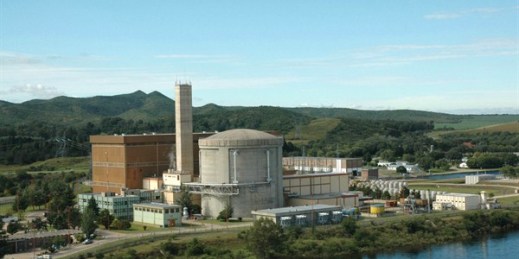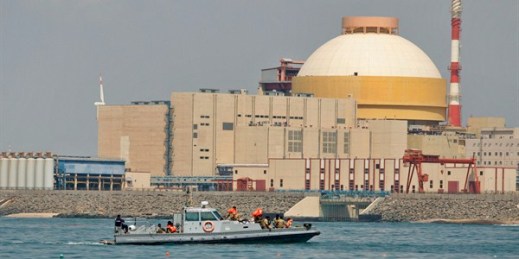
Argentina signed a nuclear energy deal with Russia last week, the latest step in Argentina’s push to expand its nuclear industry. Irma Arguello, chair of the NPSGlobal Foundation, discussed Argentina’s nuclear energy policy in an email interview. WPR: How much of Argentina’s energy do the country’s nuclear plants currently produce? Irma Arguello: Argentina’s two fully operational nuclear power plants—Atucha I and Embalse—jointly produce 930 megawatts of electricity, or about 4.7 percent of the country’s total electricity output. A third power plant, Atucha II, which came online this year, will be capable of producing 692 MW once it becomes fully operational. […]

